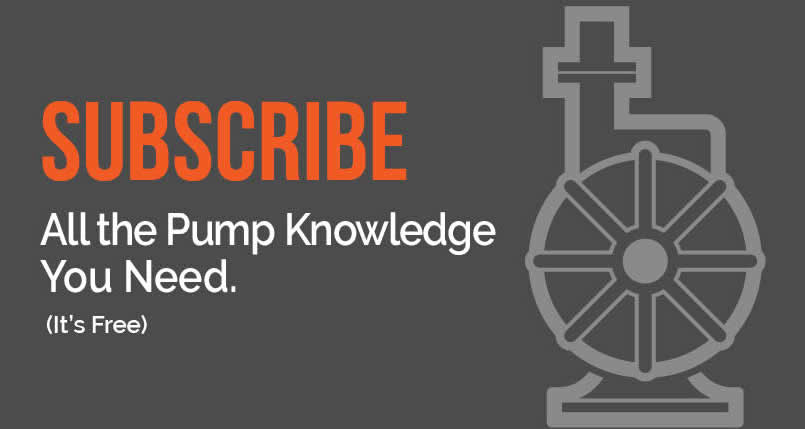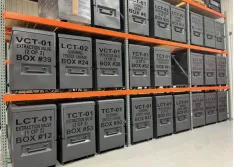Pump inefficiencies may present even more of a challenge when striving to meet carbon emissions targets.
Pumps
In the process industries—water, wastewater, oil and gas, food and beverage, chemical processing, mining, building services, pulp and paper—pumps are ubiquitous. The pumps used in those industries vary widely and each requires expert handling. These articles provide information on selecting the right pump for the application, as well as testing and troubleshooting, installation and maintenance on those pumps.
Decades of improvements have increased the use of these systems.
Packaged systems may offer several advantages in terms of efficiency and ease of use.
Understanding the role and applications of water booster pump stations.
Condensate pumps can manage low-pressure condensate, limit cavitation, and ensure optimal performance.
Municipal facilities can save by replacing systems without rebuilding structures.
Combining the right pump technologies with advanced instrumentation can lead to long-term competitiveness.
Meeting the growing demands of modern food production.
A set of checks to make when determining the issue with a pump.
Why dilution is common and the benefits to reducing it.
Positive displacement sliding vane pumps are dry-run capable.
A look at lobe-style vs. progressive cavity pumps.
How single-vane non-clog impellers can aid in keeping lift stations running smoothly.
How material makes a difference in operational efficiency.
The meshing action of rotary pumps does not create the same level of pulsating flow as reciprocating pumps, and they do not require inlet and outlet check valves like reciprocating pumps.
A look at the evolution, applications and benefits of AODD pumps.
Strategies for achieving long-term carbon reductions in thermal systems.
Investing in the right strainer type is critical to maintaining efficient operations.
LPS systems offer a scalable, efficient and environmentally option for wastewater infrastructure.





















